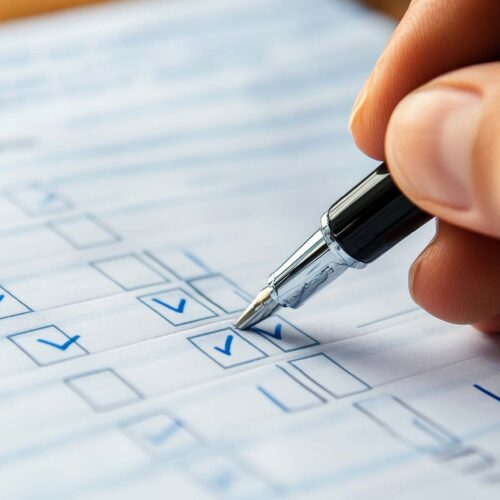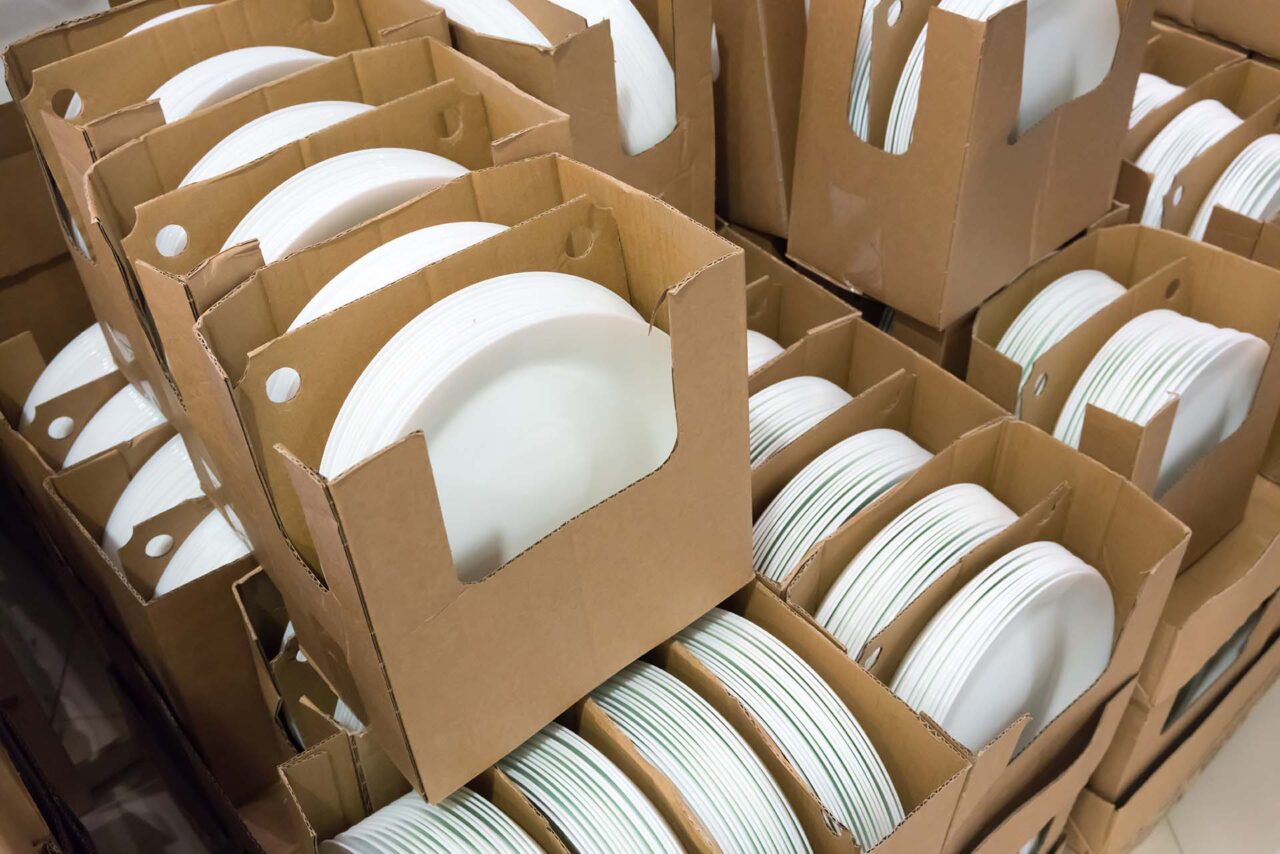

Is your anxiety about packaging fragile items increasing as the relocation day approaches? We totally understand you. Just the thought of opening up a box and finding a bunch of shattered glass instead of your precious family heirloom is enough to ruin everyone’s day. Somehow the most valuable things are always so delicate, so you have to handle them with extra caution. So let’s explore your options for wrapping and packing delicate objects.
How to Begin Packaging Fragile Items?
Just like with everything else, the key lies in organization. You have to start thinking on time and plan everything ahead. Otherwise, the situation can quickly get out of control. If you’ve ever read any guide to packing, then you know that you need to create a master moving list. Basically, it is a list of all the items you want to pack, grouped by size, shape, or priority. If you’re going to pack fine china when moving or pack glasses and cups, keep in mind that it might take more time than you assumed. So start planning and packing on time.
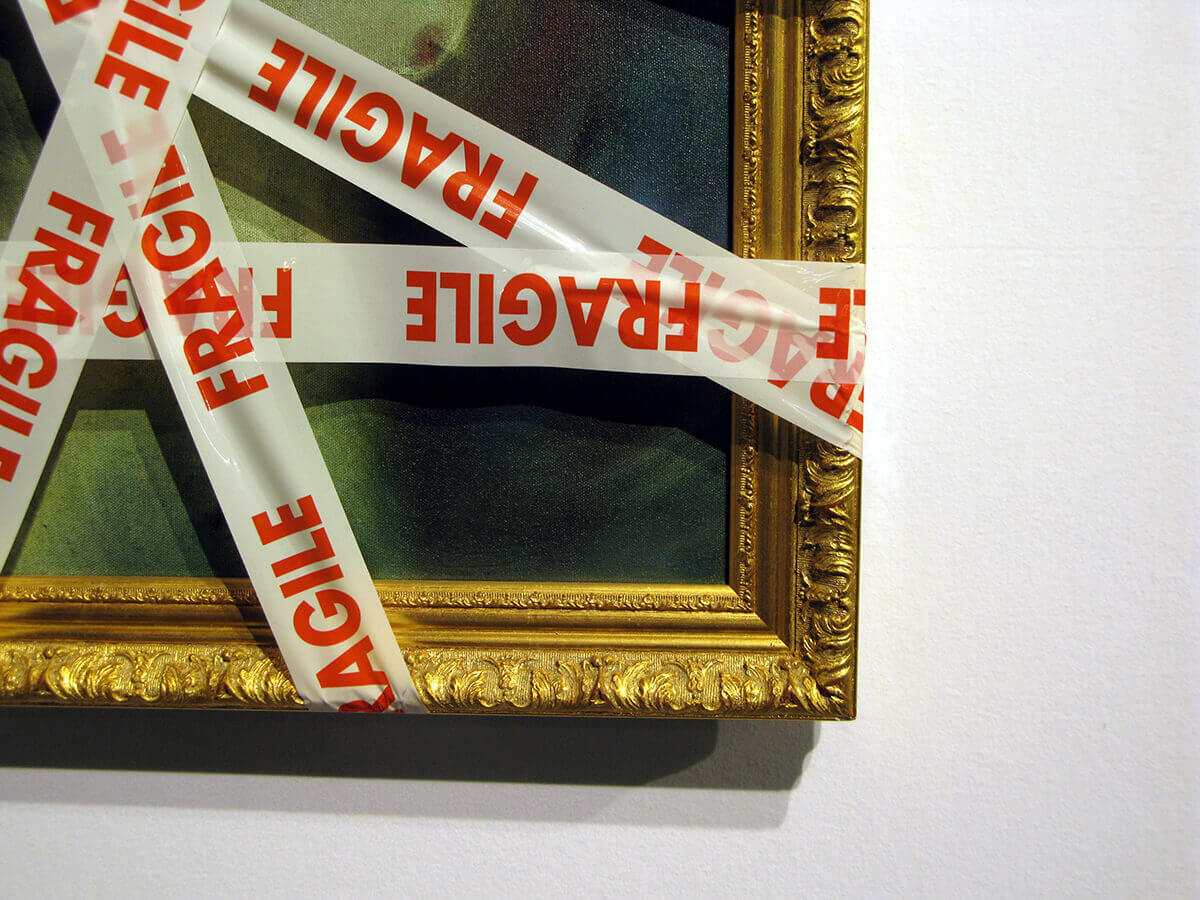 Plan everything and create a list, so you don't get lost in the process
Plan everything and create a list, so you don't get lost in the process
What Supplies to Use to Protect Delicate Items During the Move
It is not always easy to find cheap moving supplies in the amount you need, but you can still be creative because there are so many more options besides standard moving supplies and equipment. Here are some traditional and other, more creative materials that you can use to protect your precious belongings from damage.
Is Bubble Wrap the Best Material to Pack Fragile Items With?
Without a doubt. You can choose the size of bubbles – they range from small to large and come in a roll. The one with small bubbles is perfect for smaller objects that are delicate and require full protection, such as pieces like plates, glasses, snow globes, figurines, etc. Don’t forget that the side with bubbles needs to go inwards to be able to absorb any shocks and impacts.
Packing Paper for Wrapping Delicate Objects
A thin wrapping paper is a good option if you do not have enough bubble wrap, or you want to use a material that takes up less space than bubble wrap. Newspapers are another option, but we do not recommend it if you have objects that are too precious and are afraid that the ink will rub off.
Stretch Wrapping
A plastic stretch wrapper is basically the thing we use for plastic-wrapping our luggage at the airport. It is suitable for antique furniture with drawers that may fall out at some point. Or for any delicate objects that have movable parts. Another example are makeup trays and organizers. Just bundle everything up together with makeup inside, and it is sealed.
Foam Inserts
In case you have a delicate object that requires custom protection, you can rely on custom foam inserts. They are an excellent option for giant vases, sculptures, or electronic devices, TV screens, etc.
Packaging Tape
We all know how removing tape residue can be an annoying thing to do. But it’s still way better than dealing with a tape that comes off every 5 seconds. Criss-cross the box when taping, and if possible, use a tape gun. It will save a lot of your time and energy.
Cardboard Boxes
The essential items on every list of packing supplies are boxes. Boxes of all shapes and sizes. Although for smaller, delicate objects, we recommend boxes that are similar in size, you can also take advantage of the bigger ones. Boxes with pillows, blankets, and similar things can also hold a few delicate objects and keep them secure.
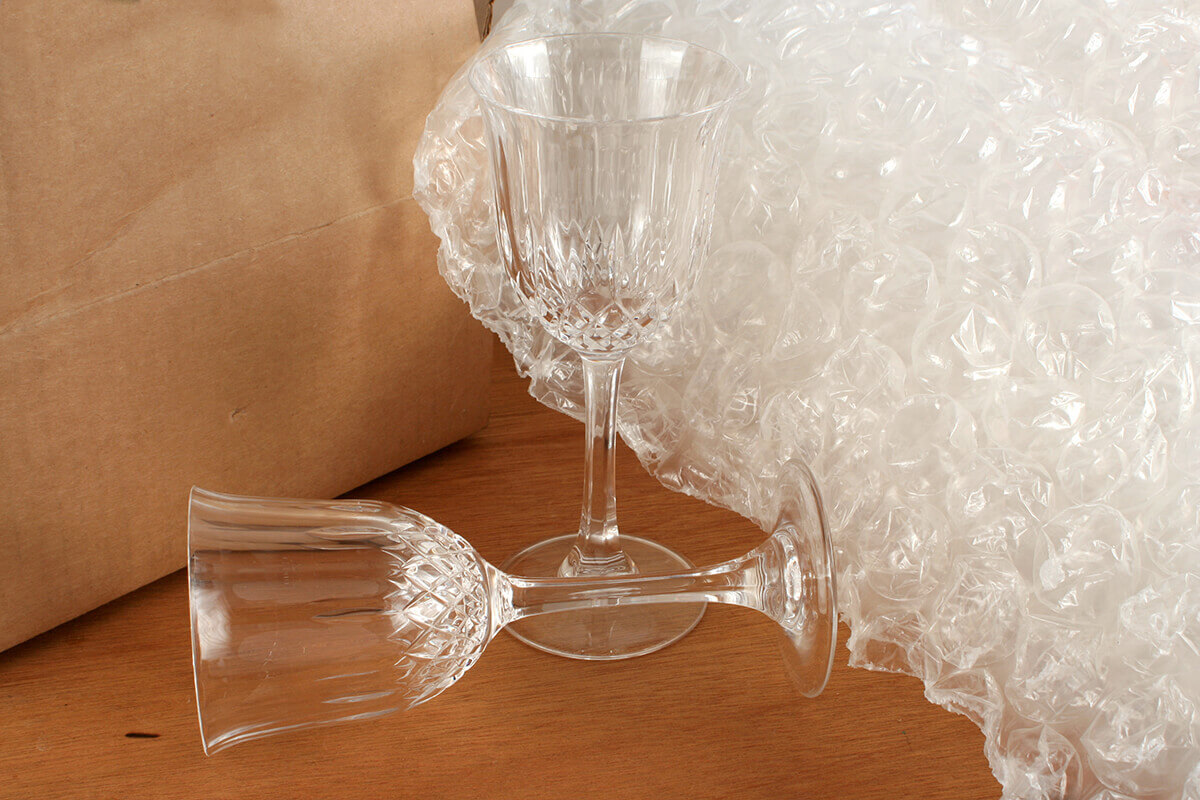 Having the right materials and supplies is essential for a successful relocation.
Having the right materials and supplies is essential for a successful relocation.
A Small Box With a Label and Other Extra Packaging Tips
Although there are more than three reasons to hire a moving company when relocating, certain awesome packing hacks can help you do everything on your own.
- Wrap every item individually. This is especially true for anything made of glass. You are not going to save up on materials, and you are only risking breaking two things at once.
- Fill in hollow objects. Any bowls, jars, or vases need to be stuffed with paper or bubble wrap to reduce the risk of breaking.
- Put heaviest things at the bottom. The bulkiest and heaviest belongings should go first. Everything else should be arranged at the top so that nothing gets broken or crushed.
- Put something soft at the bottom. If you have some old blankets, towels, or styrofoam peanuts, they should be placed at the bottom of every box.
- Use a smaller box. When wrapping delicate things, it is always better to place them in separate, smaller boxes than to place several of them in a single large one.
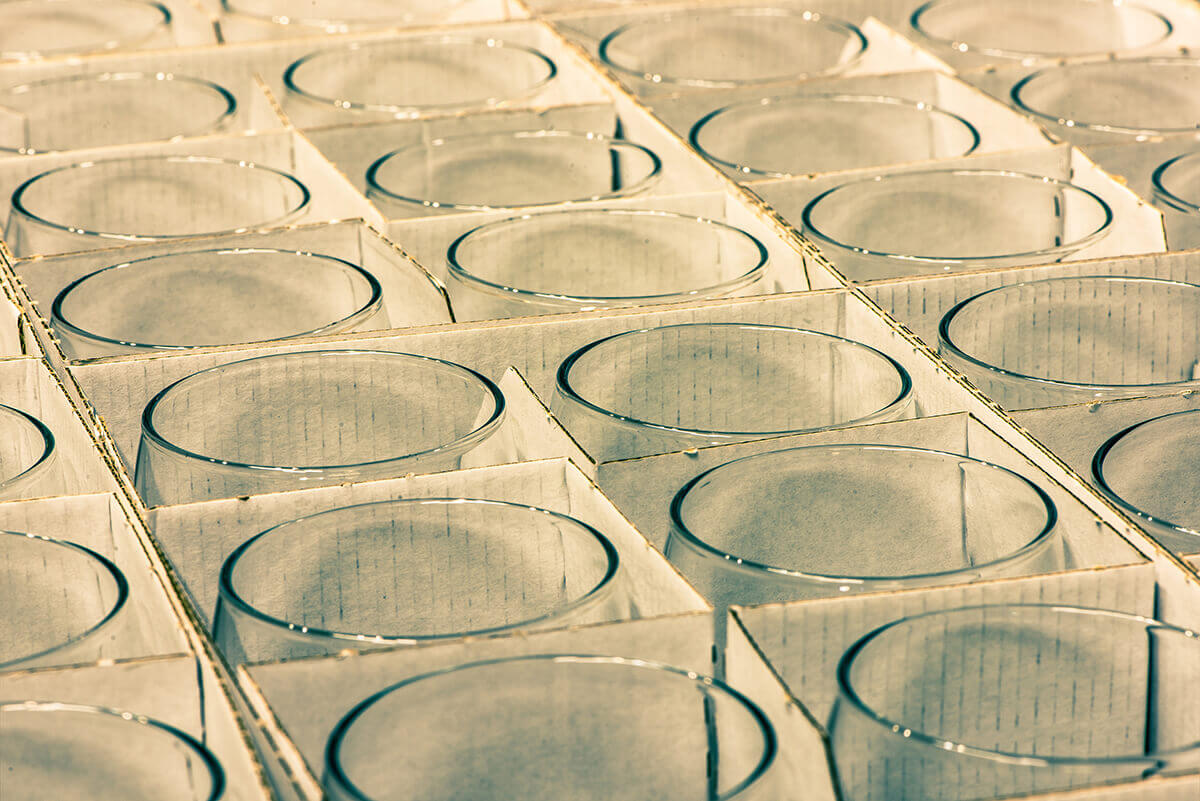 Fragile glass objects are always the most demanding when it comes to shipping.
Fragile glass objects are always the most demanding when it comes to shipping.
How Do You Pack Fragile Items Without Bubble Wrap?
You are out of bubble wrap, and you don’t know where to buy it or don’t have the time to go shopping? There are more than three ways to avoid last-minute moving costs, so if you don’t want to spend more money, rely on some things you already have, for example:
- Old clothes – an excellent alternative is to use clothes you no longer need for wrapping breakable things.
- Bed sheets – this is another option that will cushion your delicate objects.
- Socks – an excellent way to cradle small figurines or to stuff hollow vases.
- Towels and blankets – they are great for large items, electronic devices, and filling in empty space in the box.
- Packing paper – soft and thin paper is excellent for wrapping and cushioning all sorts of delicate things.
 You can always rely on professionals to take care of everything.
You can always rely on professionals to take care of everything.
Shipping and Moving Fragile Things
To reduce moving stress, you can always rely on professional moving services to handle all the packing and offer you insurance for your precious belongings. However, there are still some things you should do before the professional packers arrive, but that is the easy part. Just make sure all things are clean and ready to be packed and shipped.







